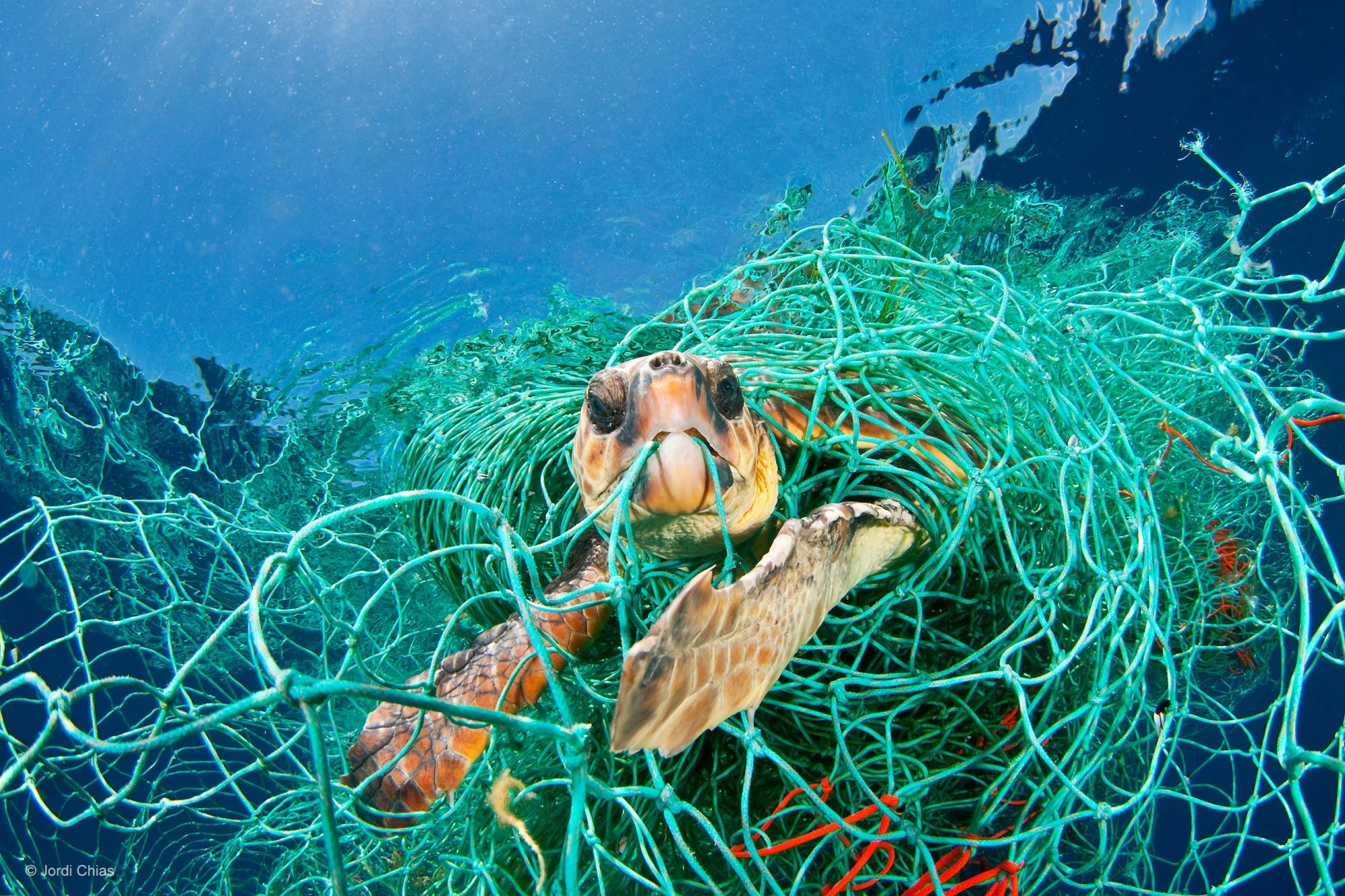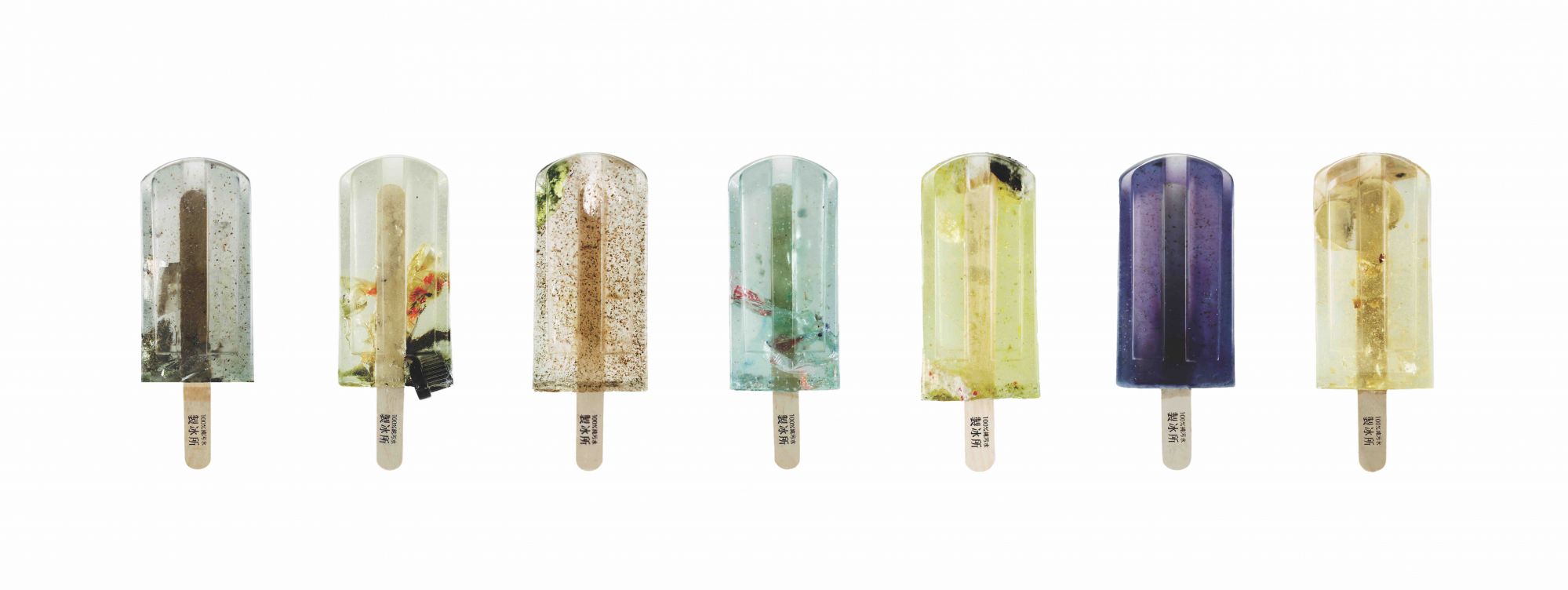The global plastic waste crisis is escalating—and the pandemic has something to do with it. National Geographic’s new photography exhibition Planet or Plastic? highlights the urgent need to reduce single-use plastic
By refusing straws for our drinks and bringing reusable bags for our supermarket groceries, we have made headway in the war against single-use plastic. An increasing number of governments including China—one of the world’s biggest users of plastic—have also announced varying degrees of bans on single-use plastic.
But believe it or not, the Covid-19 pandemic has derailed these efforts as plastic waste has soared, with one of the culprits being packaging and disposable cutleries from food deliveries and takeaway meals. It is time to get back on track for this is a double crisis we are facing, and there is an urgent need to address the plastic pollution problem—and the over 8 billion kilograms that end up in the ocean every year.
See also: Sustainable Beauty And The Brands That Advocate This Trend

On its part, National Geographic has embarked on a multi-year global initiative, even before the coronavirus struck, to prevent single-use plastic from littering the oceans. One of the ways it is doing so is to highlight society’s over-reliance on plastic through a photography exhibition Planet or Plastic?, which opens on Sept 12 at the ArtScience Museum in Singapore.
From its invention just over a century ago to the devastating impact of plastic pollution on the natural world today, Planet or Plastic? addresses the story of the ubiquitous material—which takes more than 400 years to degrade—through the eyes of National Geographic photographers, artists and activists the world over.
Among the 70 compelling works is Spanish underwater photographer Jordi Chias’ award-winning image of a loggerhead turtle entangled in a plastic fishing net in the Mediterranean Sea. Meanwhile, art students Hong Yi-chen, Guo Yi-hui and Zheng Yu-ti have collected trash-contaminated water from various sites around Taiwan and froze them into blocks as “treats”.

